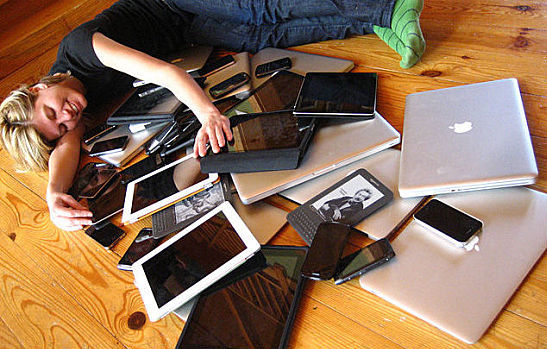New phones are expensive. Buying a top-of-the-line device with no contract can easily run you $500 to $800, while purchasing a new phone with a contract subsidy means you’re tied to a single provider for years. Because buyers often end up paying far more than the total cost of a brand-new phone over time, many are now considering used phones. Opting for a pre-owned device can land you a high-quality phone for a fraction of the retail price. But when it comes to choosing a used cell phone, there are a few basic rules to follow. Here are the top five:
1. Do Your Research
To avoid getting scammed by one-off sellers or those trying to make a quick buck, always do your research before buying a used cell phone. This means comparison shopping and considering different purchase avenues based on price and customer satisfaction ratings. For example, some buyers opt for social media meet-ups because they feel more comfortable meeting sellers face-to-face. The problem with this approach is a lack of inventory and no way to be sure the price you’re getting is fair and reasonable. Some resale websites offer great deals on “used” phones without being clear as to what exactly that term means. Look for a site that includes detailed descriptions of phone conditions and a risk-free return process.
2. Don’t Buy More Than You Need
Why are you in the market for a used cell phone? Do you just need it to check email and send texts, or do you use it for watching videos, posting to social media, or conducting business? It’s a good idea to define what you need before choosing used cell phones so that you don’t overspend on something that has features you’ll never use. You can get great deals on last year’s smartphone models if you can live without the shiny bells and whistles that come with current-year standards. Go in equipped with knowledge so you don’t overspend.
3. Be Critical
It’s also important to be critical about what you’re getting and how it stacks up, even after you’ve made a purchase. Take the time to completely examine your new phone. Are there any cracks in the screen or damage to the casing? Does the phone seem sluggish or unresponsive? Is the touchscreen accurate? If you encounter any new or undocumented issues, it might be time to ask for your money back or look for a better deal. Buying used doesn’t mean you’re buying damaged.
4. Choose Your OS
The operating system (OS) design controls a phone’s user experience. If you’re looking for a simple, streamlined, and secure OS, go with Apple. iOS is designed for ease-of-use and takes care of higher phone functions in the background. If you’re looking for flexibility, choose Android, which offers a more complex, open-source OS that lets you customize your experience and tweak virtually any setting you like. If you’re looking for a business phone, Blackberry and Windows phones offer a host of features aimed at corporate customers.
5. Look for Protection
One final tip: When you’re choosing a used cell phone, always looks for a site that offers a money-back guarantee if your new device doesn’t match the description. High-quality pre-owned vendors aren’t afraid to stadnd behind their products because they’re properly refurbished and don’t come with hidden problems. While “as-is” may net you a slightly lower price, a phone that bricks as soon as you take it out of the package is no bargain.
Want the best deal on used cell phones? Do your research, buy what you need, be critical of what you get, choose your OS wisely, and look for phone protection.
What tips do you have for choosing used cell phones?
Image courtesy of Wikimedia Commons
[cf]skyword_tracking_tag[/cf]

